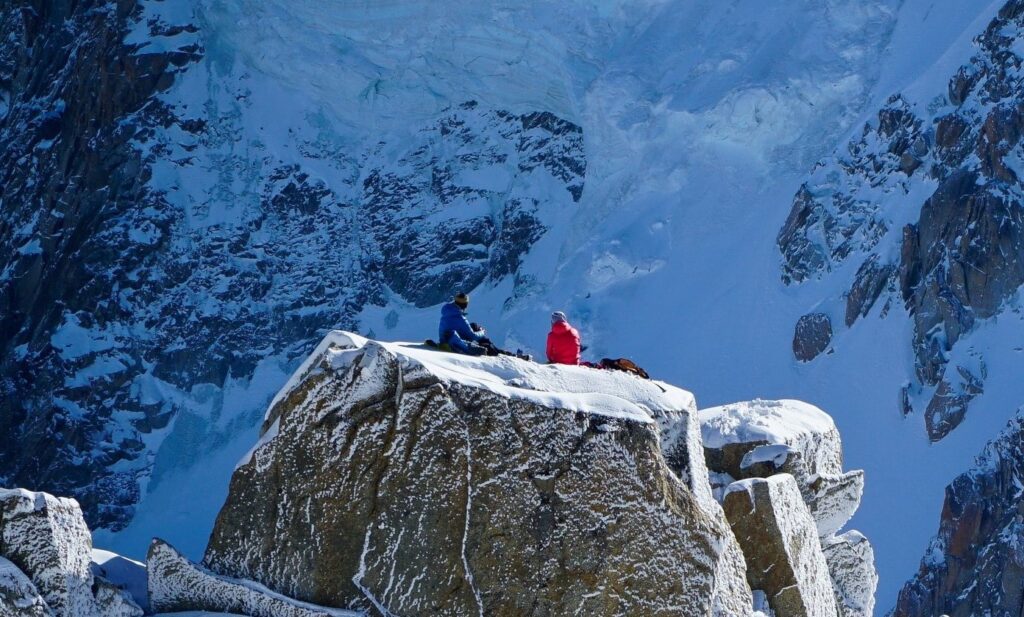
With global warming driven by human-induced greenhouse gas emissions, the frequency and intensity of extreme heat waves have increased over the world in recent years. Concurrently, winter has become warmer in many areas. It is thus interesting to check the frequency and intensity of extremely cold waves.
According to Berkeley Earth, the last eight years have been the warmest eight years on Earth since 1850, with 2022 ranked the fifth warmest year. In past months, countries in Europe experienced their warmest winter on record, with some mountains bare of snow. On the other hand, deadly cold waves made temperatures in central Asia, northeastern Asia, and northern America plummet to new record low levels.
This article provides a brief overview of recording-breaking cold temperatures over the world during the winter of 2022-2023, followed by a discussion of their linkage to global warming. Finally, tips for living in extreme cold weather are provided.
Extremely cold waves in the winter 2022-2023
Canada
Following a record-breaking warm October, Canadians experienced some record-breaking cold days for November and December in 2022. According to Environment Canada records, thirteen temperature records were broken across British Columbia on 9 November 2022, as reported by Global News.
On 5 December 2022, temperatures in the Key Lake area in northern Saskatchewan plummeted to a record-tying low of -40.5°C (-40.9°F). On December 7, temperatures in Weyburn plunged to -39.6°C (-39.3°F), eclipsing the previous record of -33.3°C set in 1953, CBC reported. On December 21, temperatures in Fort Nelson dropped to -43.6°C (-46.48°F), beating the previous record of -39.5°C for the area, as reported by CTV News, and temperatures in Yukon plummeted to -51.7°C (-62°F), the coldest in more than 30 years.
On Feb 4, 2023, the Halifax airport in Nova Scotia saw its coldest wind chills ever recorded, with temperature plummeting to -43°C (-45.4°F). This tops its previous record of -41°C that was set on 13 February 1967 for wind chill. Many other places across Canada also set new daily records, with temperatures lower than -40°C. On Feb 19, temperatures in Shepherd Bay, Nunavut dropped to -49.6°C (-57.3°F).
USA
Starting on February 3, an extremely cold wave hit the US. Interestingly, the extreme cold snap occurred after the warmest January on record for several states in the US. As reported by CNN, January 2023 was the first month that temperatures in New York City stood above average every day, and the month ended without visible snowfall in the city.
On 4 February 2023, temperatures at the summit of Mount Washington, the region’s highest peak, fell to -44°C (-47°F). This is the lowest daily temperature recorded in the state in February, as reported by the Guardian. In addition, an extraordinarily low wind chill temperature of -78°C (-108°F), with wind gusts of 127 mph, was recorded at the summit of Mount Washington, making it the coldest wind chill recorded in continental US history.
On the same day, Boston recorded its coldest temperature at -23°C (-10°F), the lowest since January 1957. A state of emergency was also declared in Boston, Massachusetts on February 4, 2023, the Guardian reported. Some other cities also set their new daily records of temperature.
Russia
On 18 January 2023, temperatures in the town of Yakutsk in eastern Siberia, 5,000 kilometers (3,100 miles) east of Moscow, plummeted to -62.7°C/-80.9°F – a new record low for the town.
Yakutsk is on the permafrost of the Russian Far East. It is the world’s coldest city where temperatures in winter always drop well below minus 40 degrees Celsius (minus 40 degrees Fahrenheit).
China
On 22 January 2023, temperatures in Mohe in northeastern China’s Heilongjiang province, close to the Russian border, plummeted to -53°C/-63.4°F, the lowest temperature ever recorded in China. The previous coldest temperature on record in the city was -52.3°C/-62.14°F, which was recorded in 1969, as reported by BBC. Twelve weather stations in Heilongjiang province also reported temperatures close to or below their low-temperature records in the week.
Japan
On 26 January 2023, the extreme cold hit Japan. Temperatures in Otawara, a city in the Tochigi prefecture, central Japan, plummeted to -16.4°C/ +2.5°F, a new record low for the area. On the same day, the city of Maniwa in Okayama prefecture broke its snowfall record after receiving a fresh 93 cm/36 inches in 24 hours, as noted in a news report.
On 27 January 2023, temperatures in Kamishihoro, a town located in Tokachi Subprefecture, Hokkaido, northeastern Japan, plummeted to -24.9°C/-12.8°F. It is the lowest temperature ever recorded in this town in January.
Central Asia
Starting from January 10, 2023, an extreme cold snap hit Afghanistan. Temperatures in more mountainous regions plunged to −34 °C (−29.2°F), with up to 30 centimeters (12 inches) of snow. It was the harshest and coldest ever winter in the country. The cold snap has killed over 160 people in eight of the country’s 34 provinces within two weeks, making it the deadliest weather event of 2023 so far.
Linkage between extreme cold weather and global warming
In general, cold waves are generated and spread from the Arctic. However, the Arctic is warming up to four times faster than the rest of the world as a result of global warming driven by greenhouse gases emitted from burning fossil fuels.
Evidence indicates that global warming has made winters warmer and shorter. For example, winters in the US have warmed an average of 3 degrees in the past half-century, with some northern states warming up to 5 degrees. On the other hand, a recent study shows that Arctic warming has also a significant impact on extreme winter weather in both North America and East Asia. Thus, it is also believed that climate warming can make winters to be colder.
Briefly, there are two major theories about cold weather. One theory hypothesizes that our weather is intimately connected with the jet stream, a wavy river of fast-moving air high in the atmosphere, around the level at which airplanes fly. When the jet stream swings south, cold Arctic air can dive into the mid-latitude areas, including North America, Europe, and Asia where most people live in. When the jet stream retreats north, warm air will push further north.
Another theory suggests that cold weather is related to the polar vortex, which is cold air circulating the Earth’s Poles but can extend further away from them. The polar vortex sits extremely high in the stratosphere – above the level of the jet stream. In its normal state, the polar vortex rotates very fast, keeping the cold air close to the center, like an ice skater spinning quickly on the spot. From time to time, the polar vortex gets disrupted as if the ice skater hits a crack in the ice and flies off course. When it is wobbled and dislodged, cold air is spilled out and influences the path of the jet stream, delivering extremely cold air southward.
Correspondingly, there are two hypotheses about how global warming makes winter colder. A 2012 study suggests that Arctic warming reduces the difference between the cold temperatures in the north and warm temperatures in the south, leading to a weaker and wavier jet stream, which would allow very cold air to swing from the Arctic more easily into mid-latitude regions. However, observations of jet stream patterns after 2012 have not confirmed this hypothesis yet.
Another study, published in 2021, indicates that Arctic warming can disturb the circular pattern of the polar vortex. Usually, a stable polar vortex is centered farther north, and the cold air typically moves from west to east. However, a disrupted polar vortex may act in a wavy pattern, causing a stretching of the vortex which enables extremely cold air to flow away from Europe but down to Asia or North America in the past two months.
While scientists are still trying to confirm whether global warming can indeed make the polar vortex more unstable, extreme temperature fluctuations or extreme weather events over the world seem to have been exacerbated in recent years. Therefore, more ambitious, effective measures to mitigate climate change induced by human activities are indeed warranted.
Tips for living in extreme cold weather
Recent studies have indicated that extreme cold waves are deadlier than extreme heat waves. Living in extreme cold weather is often hard for people, especially vulnerable groups such as the elderly, women, children, migrants, refugees, and poor persons. How to adapt to living in extremely cold places remains a challenge for many people.
The Centers for Disease Control and Prevention and the National Center for Environmental Health, USA have released a prevention guide to promote your health and safety in extreme cold-weather conditions. This guide is quite helpful as it has provided tips to prepare for extreme cold weather by following sections:
- Winter survival kit for your home,
- Winter survival kit for your car,
- Indoor safety,
- Outdoor safety, and
- Cold-weather health emergencies.
As emphasized in the pamphlet, taking preventive action is your best defense against having to deal with extreme cold-weather conditions.
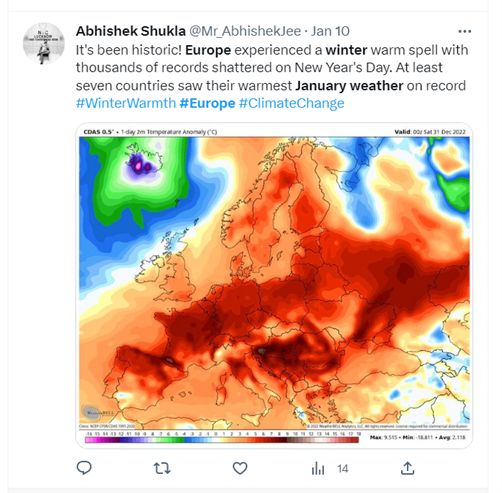
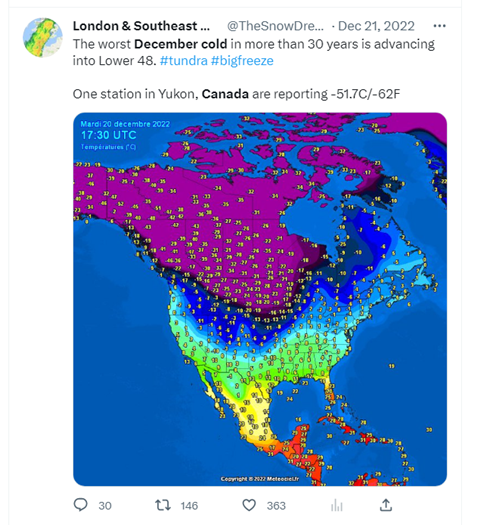
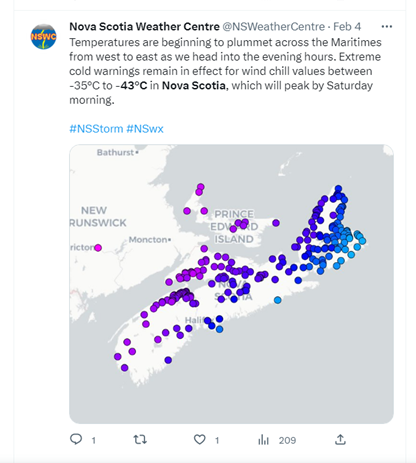
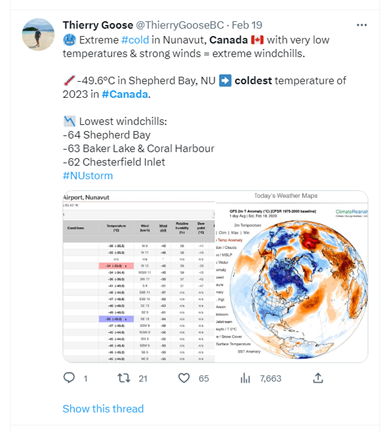
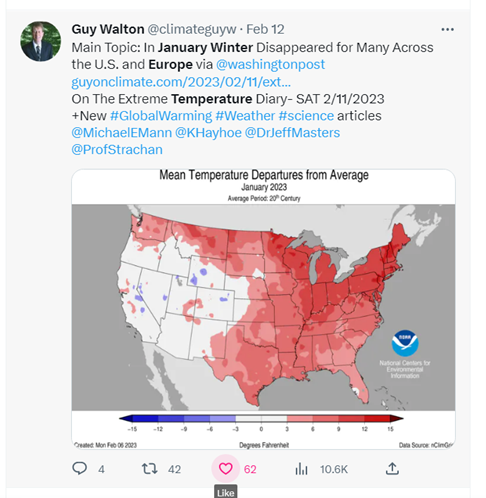
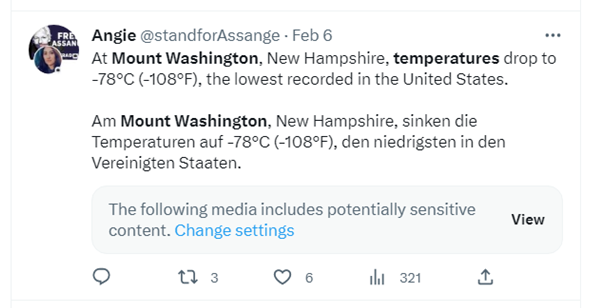
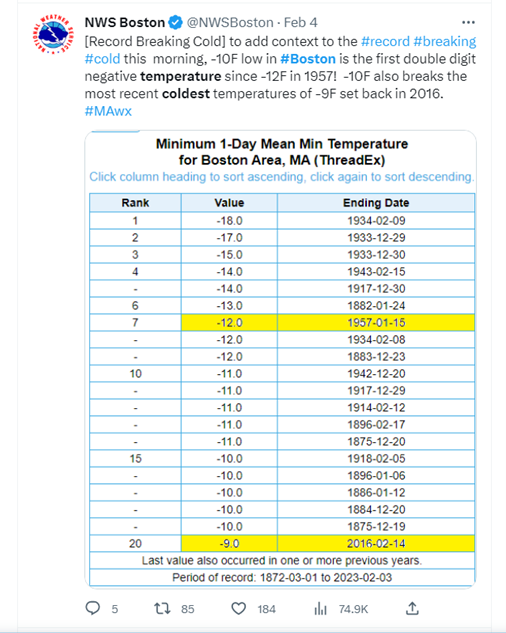
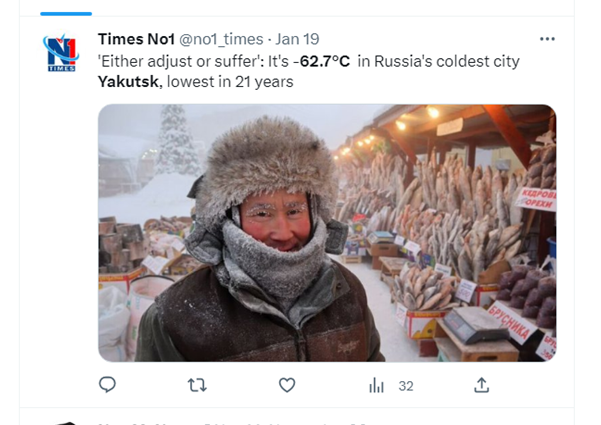

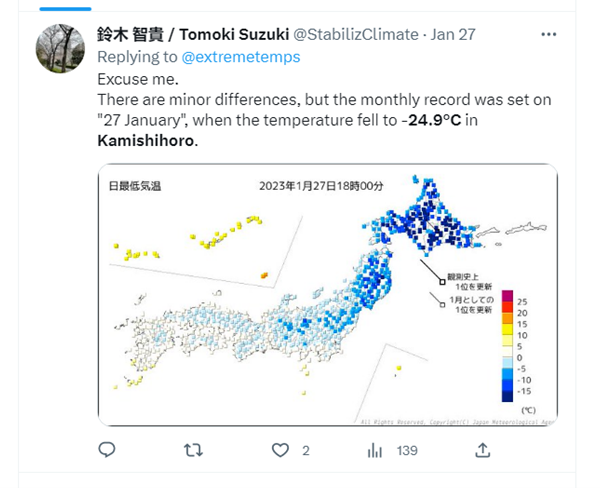
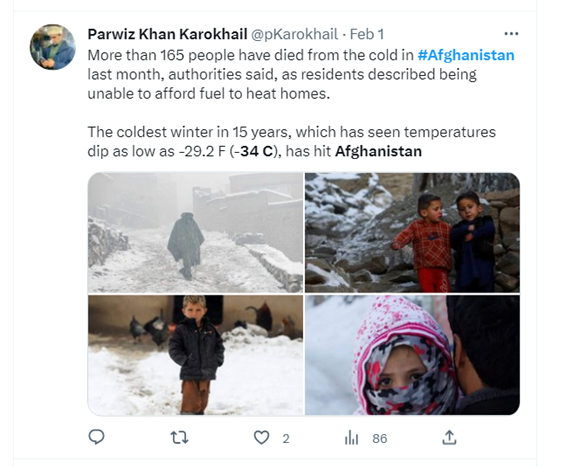
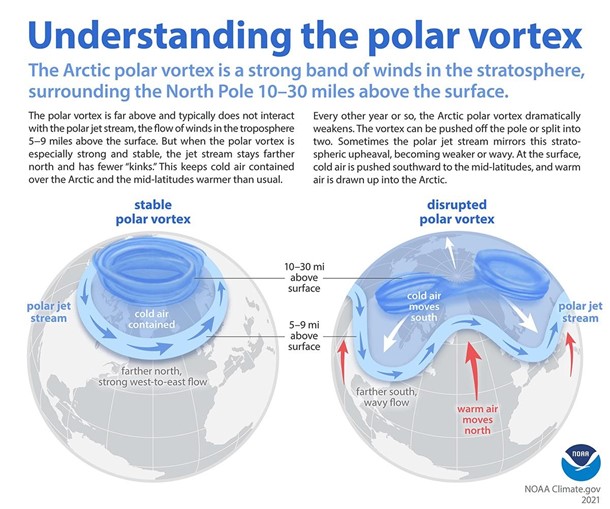
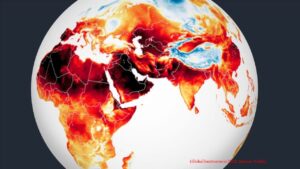




nice info thankyou cant wait to see ur another info Kampus Terbaik
I’m really impressed with your writing talents and also with the format on your blog. Is this a paid subject matter or did you modify it your self? Either way stay up the excellent high quality writing, it is uncommon to see a great weblog like this one today, Thank You
I have read your article, your article gives me a lot of information and a lot of insight that I know because of this article tel u
thanks
I have read your article, your article gives me a lot of information and a lot of insight that I know because of this article tel u